Hey everyone,
I’ve chosen to take some clips from Bladerunner 2049 and discuss how the shots I’ve taken carry the scene’s momentum.
Here’s the clip itself:
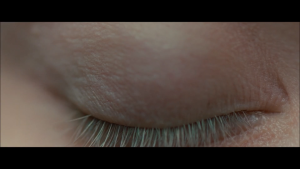
^Extreme close-up (ECU).

^Extreme close-up (ECU).

^Extreme long-shot (ELS).

^Extreme long-shot (ELS).

^POV shot from inside the car.

^Medium close-up (MCU).
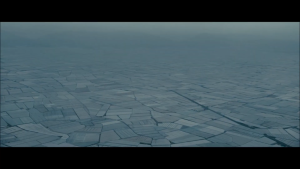

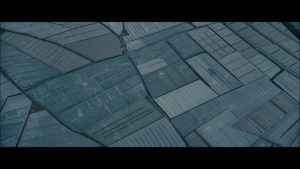
^Still-pan downward for the previous three frames.
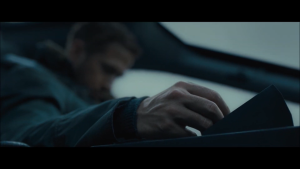
^Medium / medium close-up.
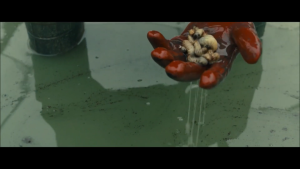

^Pan downward with focus on water reflection.

^Long shot (LS).

^Medium shot with potential focus on long shot object.
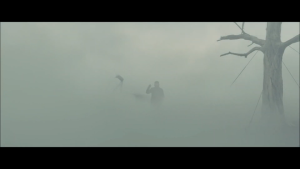
^Long shot (LS).
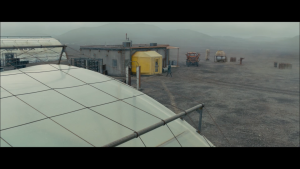
^Extreme long shot (ELS).
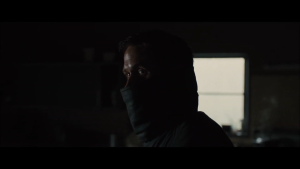
^Close-up / medium close-up (CU or MCU).
The editing of this opening sequence sets the tone for the film. A close up of an eye, not only referencing the original Bladerunner, acts as a signal for the audience to prepare themseleves the complexities of a futuristic world. The grandeousness of the next few scenes shows off this new world and allows ample time for the audience to take it all in.
We cut to a POV shot inside the car which then cuts to the the backside of the main character, K. The audience gets the cue that they are traveling somewhere with K as they’ve now seen the inside of the car and are actively moving.
We then cut to another character as they are shown working before acknowledging the car the audience was just in. We see K leave his car in a foggy long shot, K walking toward the camera which then cuts to an extreme long shot of the building.
Here K enters, and we are finally shown a clear close-up of our main character for all the audience to see.
Immersion is the goal of this opening sequence and it succeeds at doing just that through intuitive frameing.
Thanks for reading!